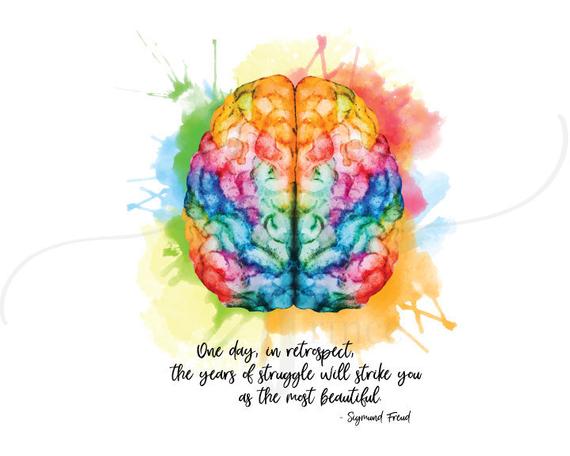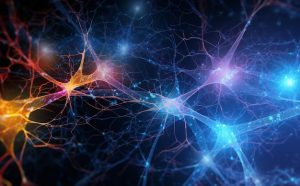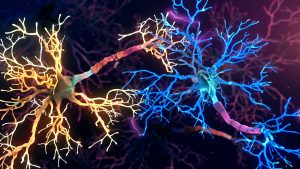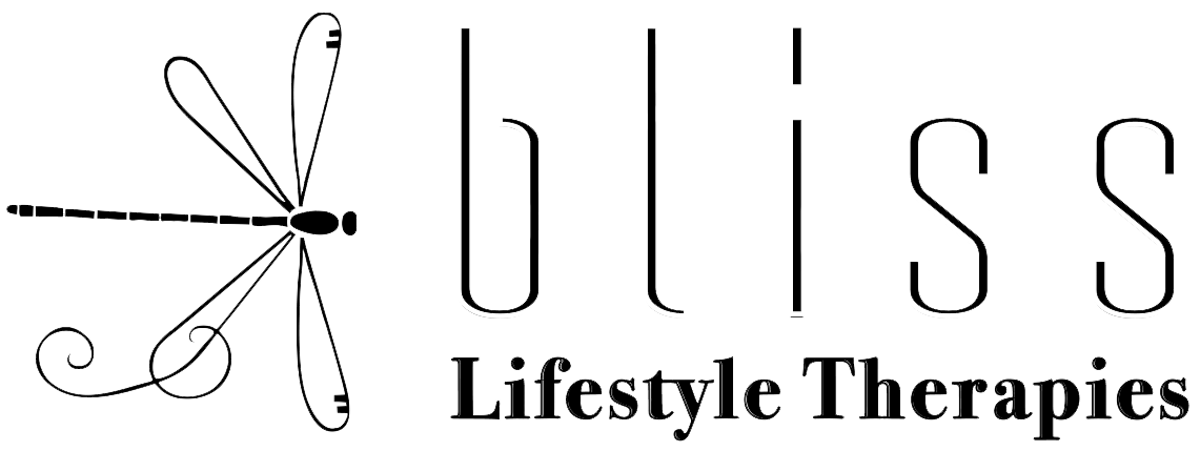
Behavior and the Brain
I came across a podcast from neuroscientist Dr. Andrew Huberman regarding behavior and the brain from July, 2020. There are many great take-aways in this cast and it’s long enough there is no way I can cover it all in this brief highlight, so I’d encourage you to listen to it and glean what you can for yourself as an individual. I always like to take the information we learn and see how I can utilize it to make it real and worthwhile.
There are several key take aways that apply to Lifestyle Therapy. Obviously to improve our lifestyle we need to be able to make changes to our behavior and to our thought patterns.
Huberman says that it is very difficult to change thought but relatively easy to introduce new thought. I would suggest that perhaps choosing new, positive or constructive thoughts to introduce to our minds can potentially dim the focus on old or destructive thoughts and perhaps even crowd or diminish the unwanted thoughts away.
No Pain, No Gain
Huberman also points out that in order to get to the reward centers in the brain it is essential that we go through a “gate”, so to speak, that involves a level of frustration or discomfort. Kind of the “no pain no gain” of fitness but applied to the brain. Simply recognizing that an uncomfortable situation can be an opportunity to access our learning and reward centers can change our reactions to stress.
Reward is within you.
It is critical to recognize that our rewards come from the inside. While we can have an external reward, it is the internal response that allows us to experience the reward. When we recognize this we learn that if the rewards centers are inside, then we can have control over our rewards and are no longer dependent on substances, trophies, praise or other external items to produce motivation or reward. This is how anyone great has achieved their success.

Just like everything else, it’s all about balance.
Motivation can be looked at in terms of what is happening on a neurological level when we are motivated or unmotivated. It is very powerful in facilitating the highest levels of success to be able to self-regulate when we are motivated or unmotivated. This allows us to charge through things when we need to and get enough rest to be able to be optimally efficient in achievement. If we are spending our energy when we should be resting or resting when we should be producing we are far less likely to be successful to the level of our potential.
Some people are simply under-motivated, while other people can struggle to do things because their brain is bouncing all over the place so quickly there is a very unproductive inability to focus. All of us can experience these states at different times and the ability to bring the nervous system back into balance can help us tremendously. Huberman offers two types of breathing that are simple tricks we can use to help us access control:
Unmotivated brain — use several big forceful inhales and exhales to stimulate the arousal or cortisol system to help wake you up to regain focus. I picture this like the breathing someone has towards the end of a long race. Even if you have not experienced that you may have seen it in athletes towards or at the end of their event.
Hyper-aroused brain — use two inhales and one long exhale, and repeat this two to three times to help calm the brain in order to be able to regain focus. This is similar to the type of breathing that someone sobbing hysterically tends to naturally fall into as their system tries to help calm them down. You may have seen this in a child throwing a tantrum as they start to run out of gas or realize they are out of control and not getting the response they wanted.

Stress is Good vs Stress is Bad
You may have heard different versions regarding stress. Huberman talks about it from a neurological perspective and as a practitioner who helps people reduce stress I will add my two cents. Huberman states that stress is good because it motivates us into action. I agree. However, we do not always utilize stress to move into action. We often internalize it by directing, or holding it in. This is when stress is bad. The energy produced by stress to motivate us into action can be very powerful. When we hold that energy in it can be too much for our insides and create damage. The saying “stress can kill you” is very real. Energy produced by stress needs to be expressed. If we can harness it and utilize it in a constructive fashion it can be very powerful. Therefore “stress reduction” is really just a matter of finding a way to constructively direct the powerful energy created by stress.
Actions motivated by stress do not have to be intense. They can be simply a path or a route for healthy release of excess stress energy. Notice the differences in the examples below of constructive actions that can result in the positive release of stress:
Breathing exercises — the energy is put into the focus and physical effort required to control ones breathing.
Cardio — While the body is working hard there is a calm neurological state that is created where it’s easier to problem-solve and utilize stress energy to get a lot done both physiologically and mentally.
Working out — while you cannot mentally check out as well with a weight or interval training workout, it provides a distraction for the brain to focus on while expending the stress energy in a way that can make you healthier and stronger as long as it’s not over done.
A project — energy is required for focus and physical effort involved to carryout a project. The project can be directly related to what stressed you out, like making necessary phone calls, and utilizing negotiation skills to find the repair shop that can fix your car that just broke down in time for your road trip next week. Or the project can be completely unrelated, like cleaning out and reorganizing your closet, while you anxiously wait to find out if you got the new job.
Meditation — while this does not seem like a likely place to expend energy, there is a lot of energy that is required to calm the body and the mind when an outward physical response is not appropriate. The energy can be redirected into focus on the body states or functions such as heart beat, holding the balance of a state that is neither asleep nor fully awake, and directing the mind into creativity.
Brainspotting — this can utilize a tremendous amount of physiological mental energy while also creating a state where you can more easily discover and introduce new and more effective thoughts, and more easily solve difficult problems. This is a powerful outlet when stress energy is very high.
Hopefully you can see, just by introducing a different way of looking at stress, we can have a stronger sense of hope and control over the way in which we experience stress.

Notice that while thoughts can influence behavior, just like in the breathing exercises above, behavior can also influence thoughts. If waiting or searching for the right mental state to motivate you is not working, try a behavior. Actually doing something about it can be a different way of finding or creating the mental state that we want.
Bliss Lifestyle Therapies is here to help you find and utilize as many ways as possible to self-regulate so that you can take control of your body and your life in order to do the things you really want to and enjoy life more.
I hope you enjoyed the podcast highlights and discussion and I hope you find even more things you can use in the full podcast, which can be found here: Behavior and Brain
